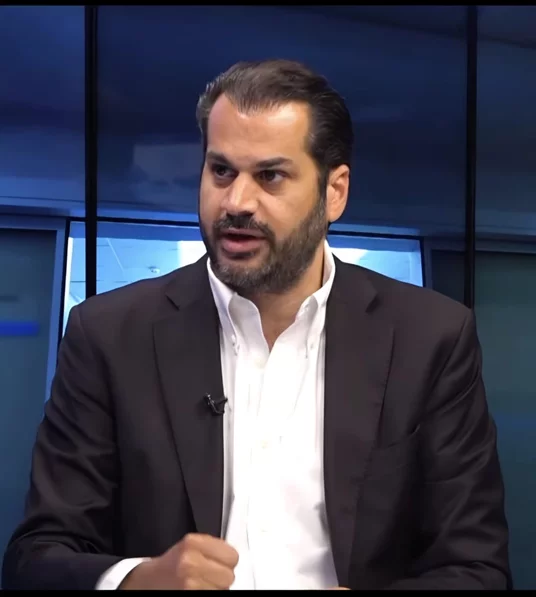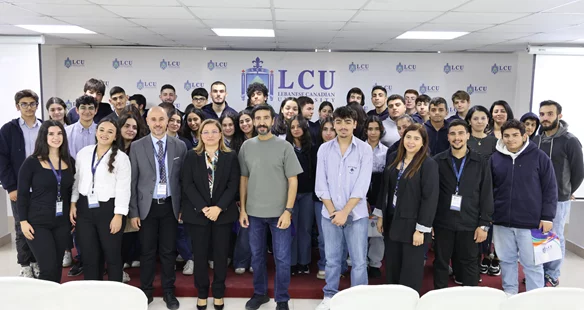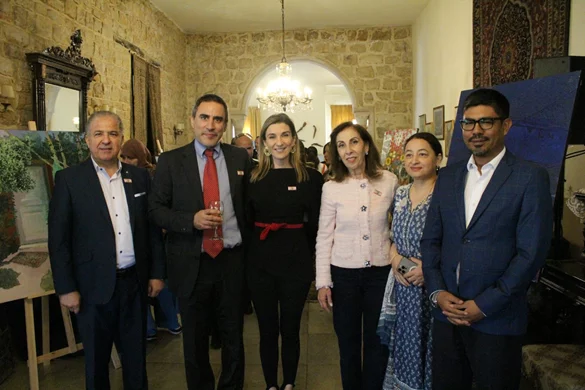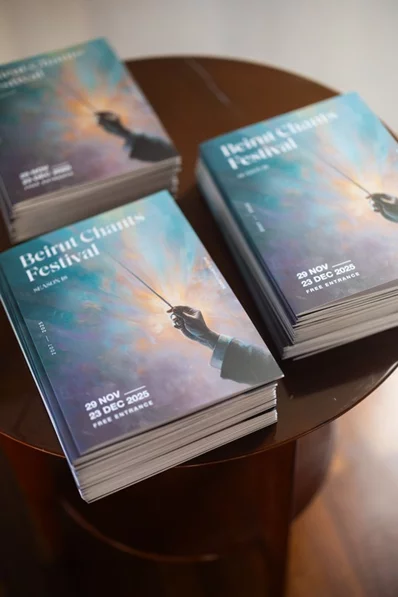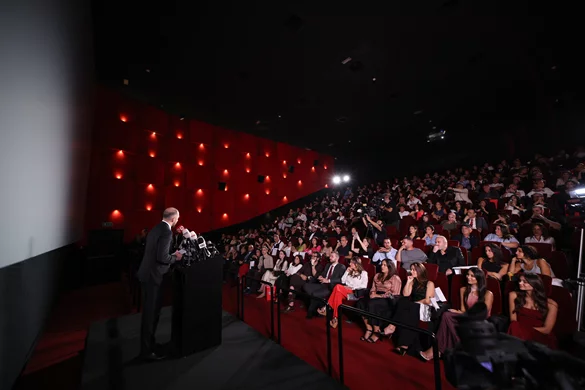Lebanon is a small country known for its rich history and diverse culture. It is home to many sacred sites and religious landmarks that are of great importance to different religious communities. Visiting these sites can be a powerful spiritual experience that connects visitors to the country's history and culture, and to one another.
In this blog post, we will explore some of the most important sacred sites and religious landmarks in Lebanon.
The National Shrine of Our Lady of Lebanon
Located in the town of Harissa, the National Shrine of Our Lady of Lebanon is one of the most important and most visited religious landmarks in Lebanon. The shrine is dedicated to the Virgin Mary and is a place of pilgrimage for both Christians and Muslims. The shrine is situated on a hilltop and offers stunning views of the Mediterranean Sea.
The shrine was built in the 20th century and is a masterpiece of modern architecture. The interior is decorated with beautiful mosaics and stained-glass windows that depict the life of the Virgin Mary. The shrine is also home to a museum that showcases the history of the shrine and the town of Harissa.
The Qadisha Valley
The Qadisha Valley is a UNESCO World Heritage Site and is considered one of the most important sacred sites in Lebanon. The valley is located in northern Lebanon and is home to many monasteries and churches that date back to the 6th century.
The Qadisha Valley is a place of great natural beauty and is home to many hiking trails that offer stunning views of the valley and its surroundings. The valley is also a place of spiritual significance and is a popular destination for pilgrims from different religious communities.
The Jeita Grotto
The Jeita Grotto is a natural wonder that is located in the Nahr al-Kalb valley, just north of Beirut. The grotto is a system of caves that are filled with underground lakes and rivers. The grotto is a popular tourist destination and is considered one of the most beautiful caves in the world.
The Jeita Grotto is also a place of spiritual significance and is believed to have been used as a place of worship by ancient civilizations. The grotto is also home to a small chapel that is dedicated to Saint Charbel, a Lebanese saint who is revered by Christians as well as Muslims in Lebanon and around the world.
The Beiteddine Palace
The Beiteddine Palace is a stunning example of Lebanese architecture and is considered one of the most important landmarks in the country. The palace was built in the 19th century and is located in the town of Beiteddine, in the Chouf Mountains.
The Beiteddine Palace was originally built as a residence for the Ottoman governor of Lebanon and was later used as a summer residence by Lebanese presidents. The palace is home to many beautiful gardens and courtyards that offer a peaceful and serene environment for visitors.
The Temple of Bacchus
The Temple of Bacchus is a UNESCO World Heritage Site and is considered one of the best-preserved Roman temples in the world. The temple is located in the ancient city of Baalbek, which was once a major religious center for the Roman Empire.
The Temple of Bacchus is dedicated to the Roman god of wine and is a place of great historical and religious significance. The temple's interior is decorated with beautiful sculptures and carvings that depict the life of Bacchus and other Roman gods.
Lebanon is a country that is rich in history, culture, and spirituality. The country's sacred sites and religious landmarks offer visitors a unique and powerful spiritual experience that connects them to the country's past and present. Whether you are a Christian, Muslim, or follower of any other religion, a visit to Lebanon's sacred sites and religious landmarks is a must!





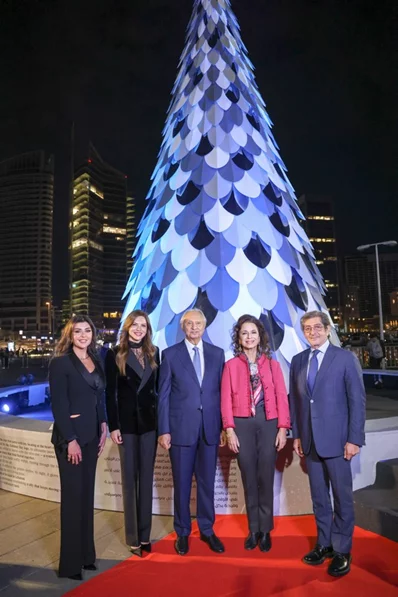
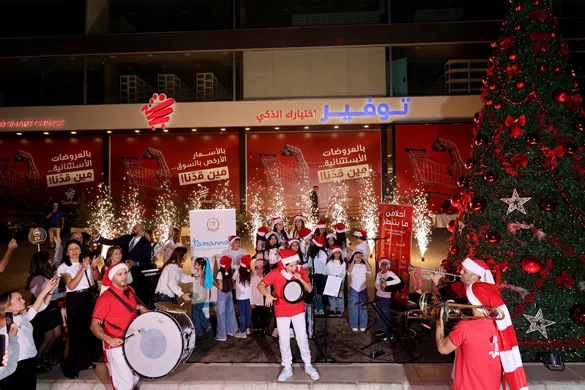

.webp)
